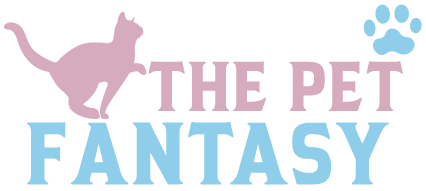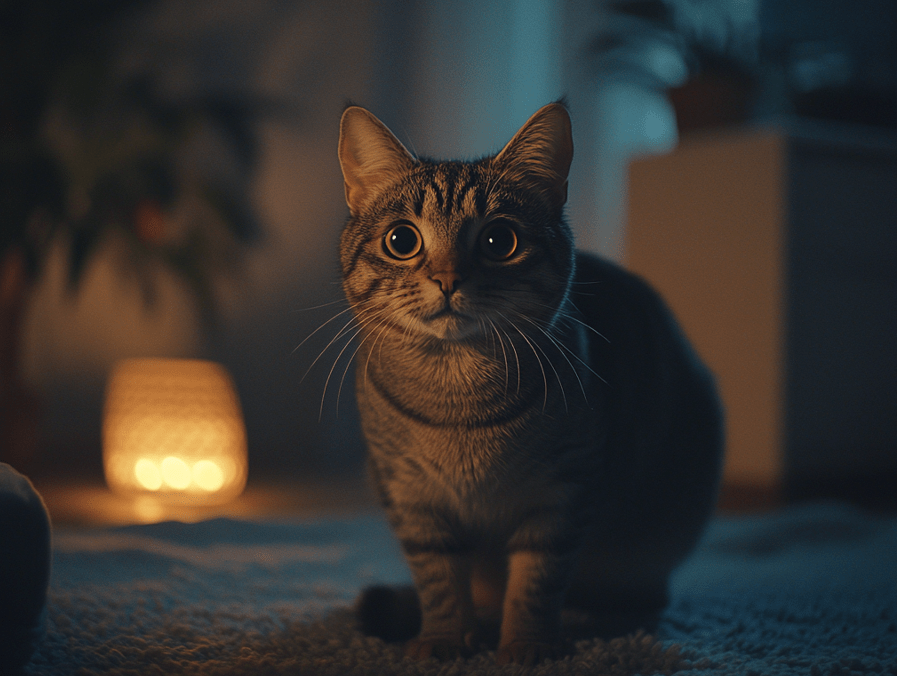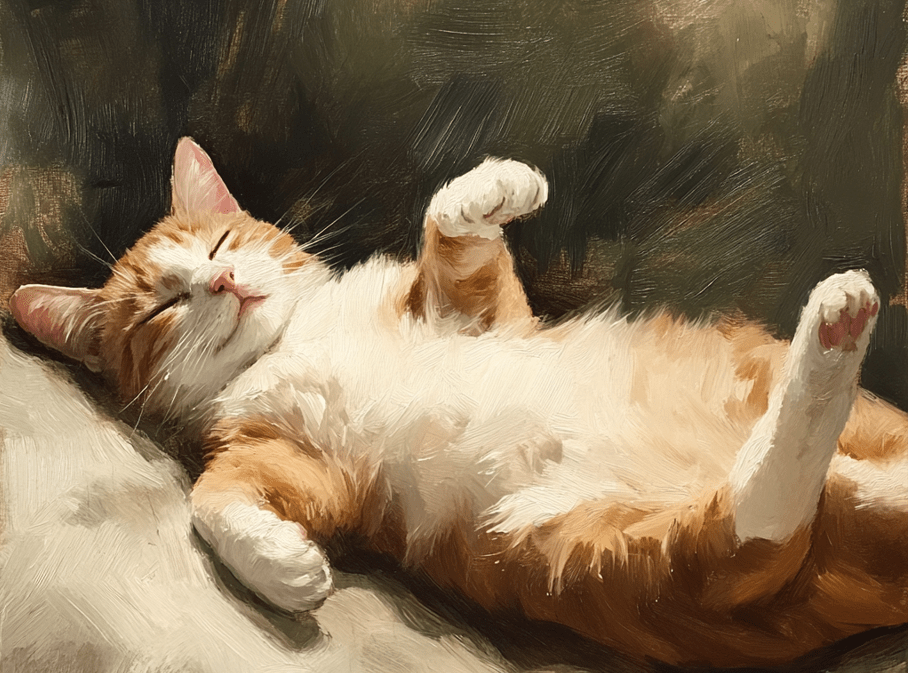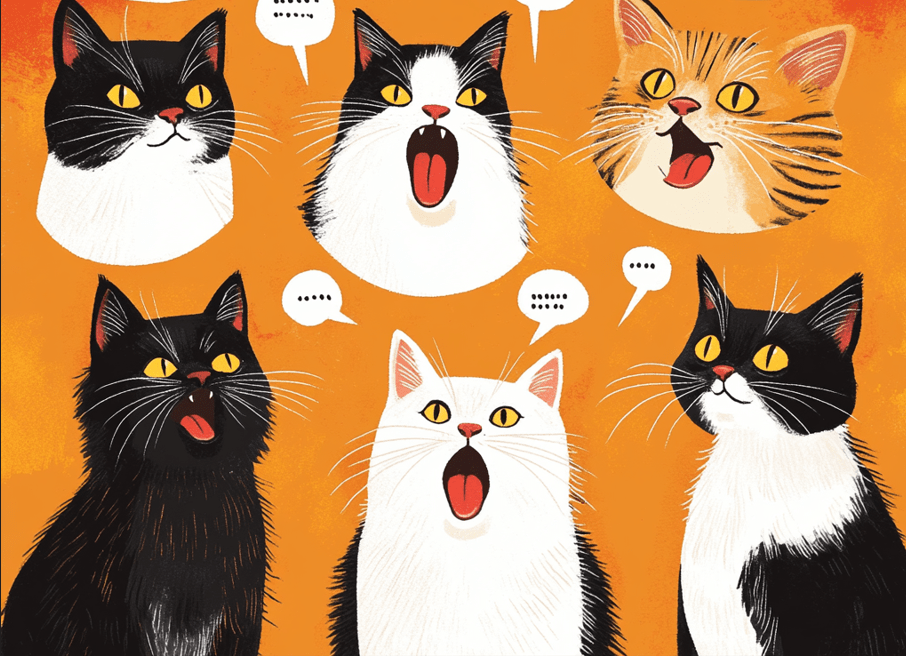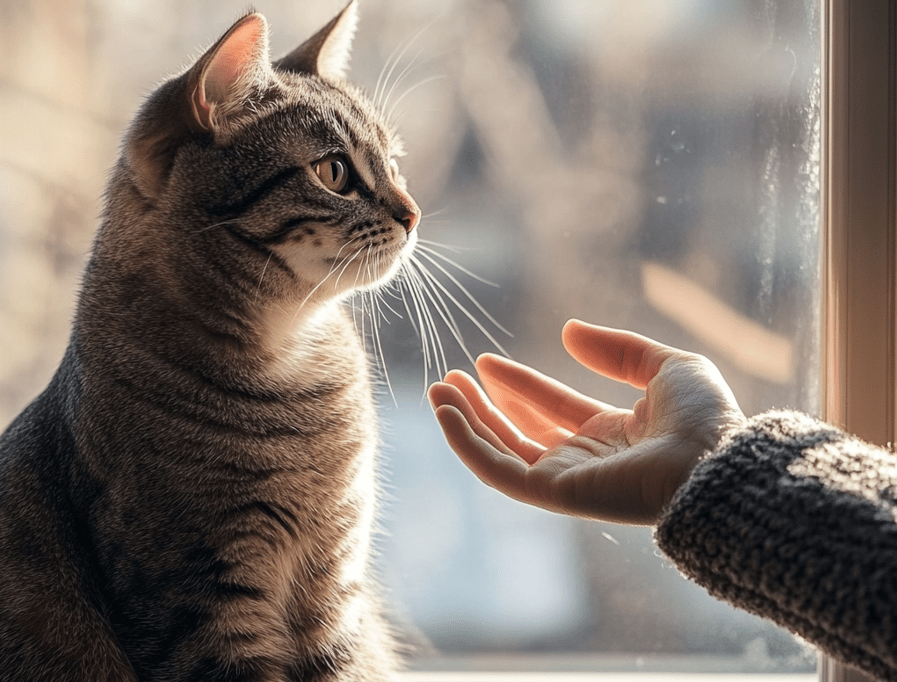
Understanding how cats communicate is key to building a stronger bond with your feline friend, as they use a combination of body language, vocalizations, and behaviors to express their emotions and needs.As a cat parent, you’ve probably looked at your feline and wondered what’s on their mind. Cats may not speak our language, but they are communicating with you nonetheless. The secret is to learn how to read their particular way of communicating — and no, it doesn’t mean translating their meows and purrs into human language!
Cats have long been known for their enigmatic behaviors, and it can be hard to make sense of them. To deepen your bond with your kitty, pay attention to their body language and other subtle gestures. With a modicum of attention, you’ll begin to see that your cat has been talking to you all along.
As a veterinarian, it is vital to understand your pet’s communication. It also strengthens your connection and makes it easier to spot signs of discomfort or other health problems. This article will cover some of the main ways in which your cat uses behavior to communicate with you.
1.Meowing
Cats have no “global meow language” to talk with one another. Adult cats rarely meow at each other, although kittens do so to their mothers to communicate needs such as hunger or being cold. We communication is made mainly through meows directed at us.
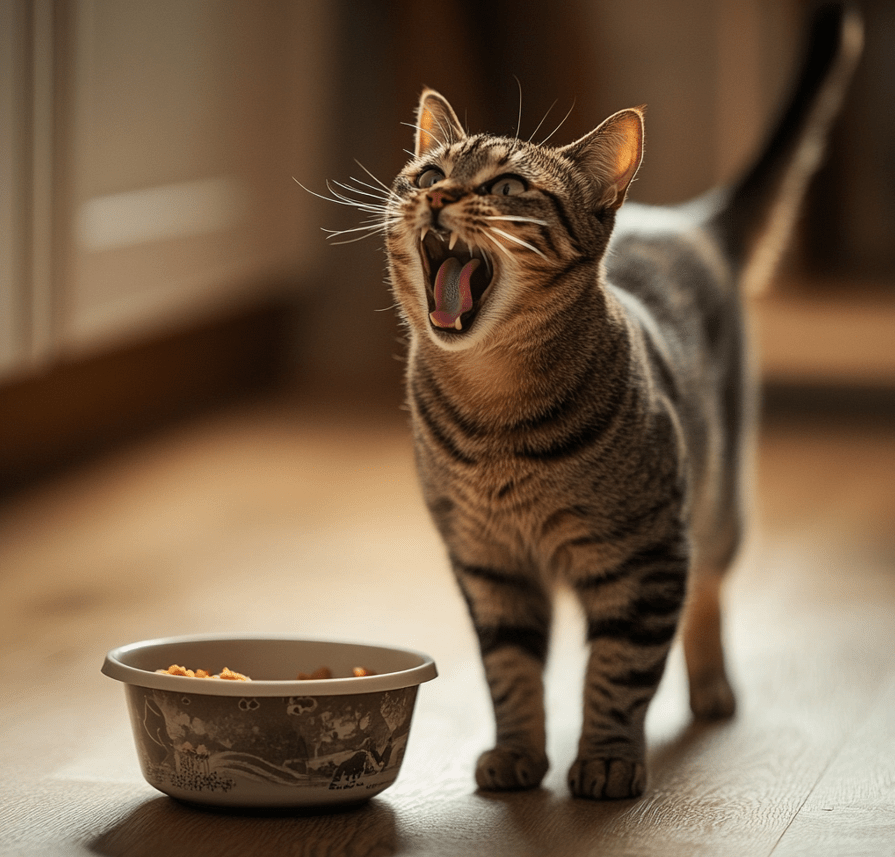
Here are some reasons cat’s meow at their owners:
1.Requesting food
2.Greeting people
3.Seeking attention
4.Showing the desire to go outside or come inside
Older cats with cognitive dysfunction, a syndrome similar to Alzheimer’s disease in people, may meow more from confusion or disorientation. If your senior cat seems out of it or is yowling up a storm, we suggest making a veterinary check-up appointment to determine their needs.
Take note of their body language when your cat meows — it may help you decode their message. Loud, insistent meows are usually a demand for food, particularly if your cat is leading you to its feeding place. Meanwhile, gentle meows combined with leg rubbing usually indicate they want some affection.
2.Purring
It is widely accepted that a cat purrs when happy, but this is a half-truth. In addition to purring when happy, cats also purr for self-soothing during stressful, sick, or injured times. Some even say the low-frequency vibrations emitted during purring have natural healing powers.
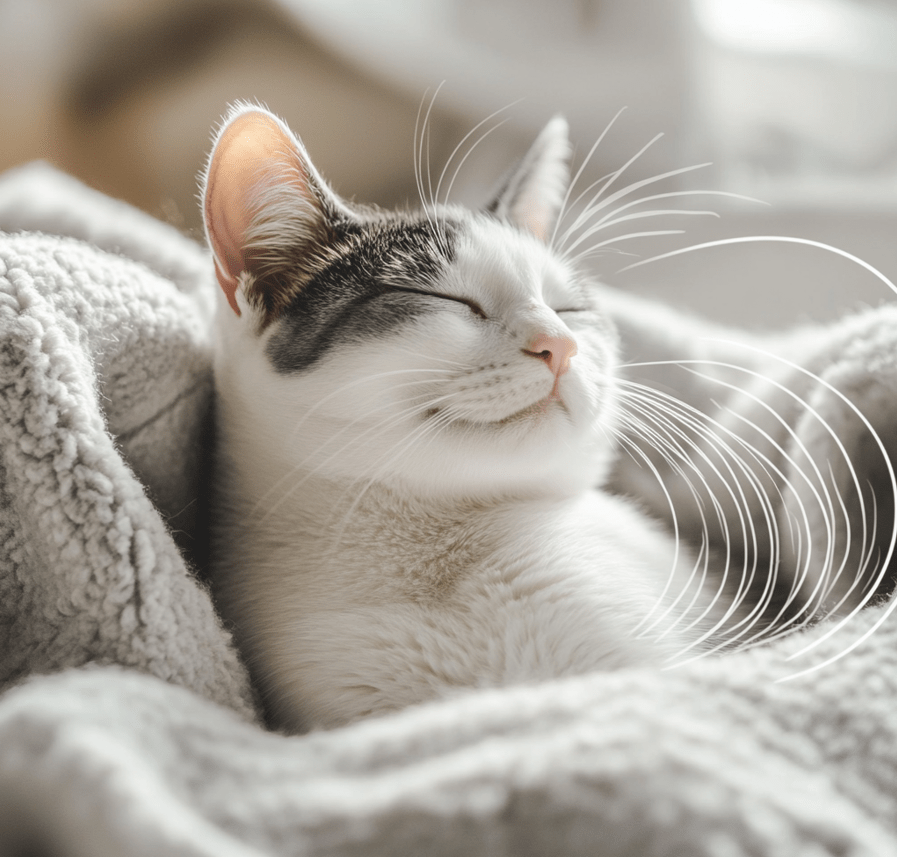
But purring should not be seen as an unequivocal sign of well-being. If your cat is purring but also acting differently for instance, hiding more frequently or refusing food and water — they could be sick or hurt. And in such cases, a veterinarian should be consulted as soon as possible to discover and address underlying issues.
Familiarizing yourself with your cat’s behavior and sounds will help you meet their needs and keep them healthy and happy.
3.Changes in Litter Box Behavior
If your cat begins to avoid their litter box or to urinate or defecate in other places in your home, it is a very clear indication that something is wrong. Cats do not randomly change their bathroom practices, so if they start urinating or defecating outside of their litter box, it’s crucial to take notice.
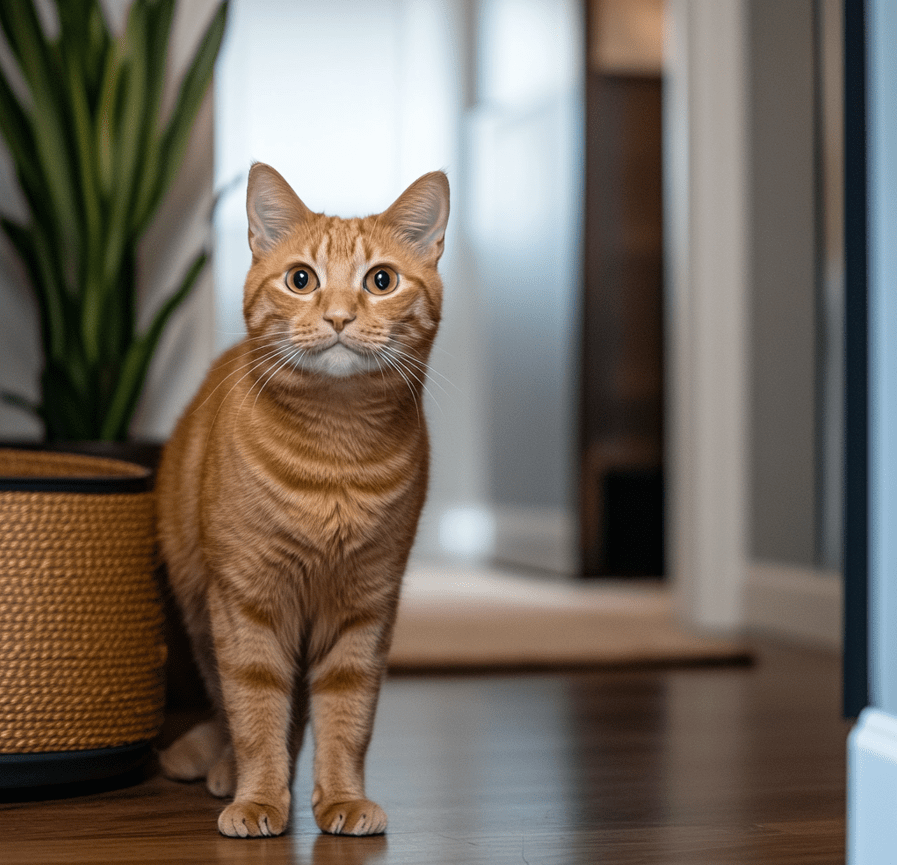
This behavior can be an indicator of multiple things including:
1.Pain or discomfort when urinating or defecating.
2.Mobility issues that interfere with accessing the litter box.
3.Aversion to a new kind of litter you’ve brought in.
4.Not enough litter boxes in the home.
5.Interference from other pet preventing access to the box.
6.Inflammation or stress on their bladder.
Spotting these changes leads you to the real issue at hand, which helps you to treat your cat properly to keep them comfortable.
4.The “Halloween Cat” Pose
You’ve probably seen your cat take the classic “Halloween cat” pose: back arched, hair bristly, tail up. Though this pose may seem dramatic, it’s an unmistakable sign from your cat.
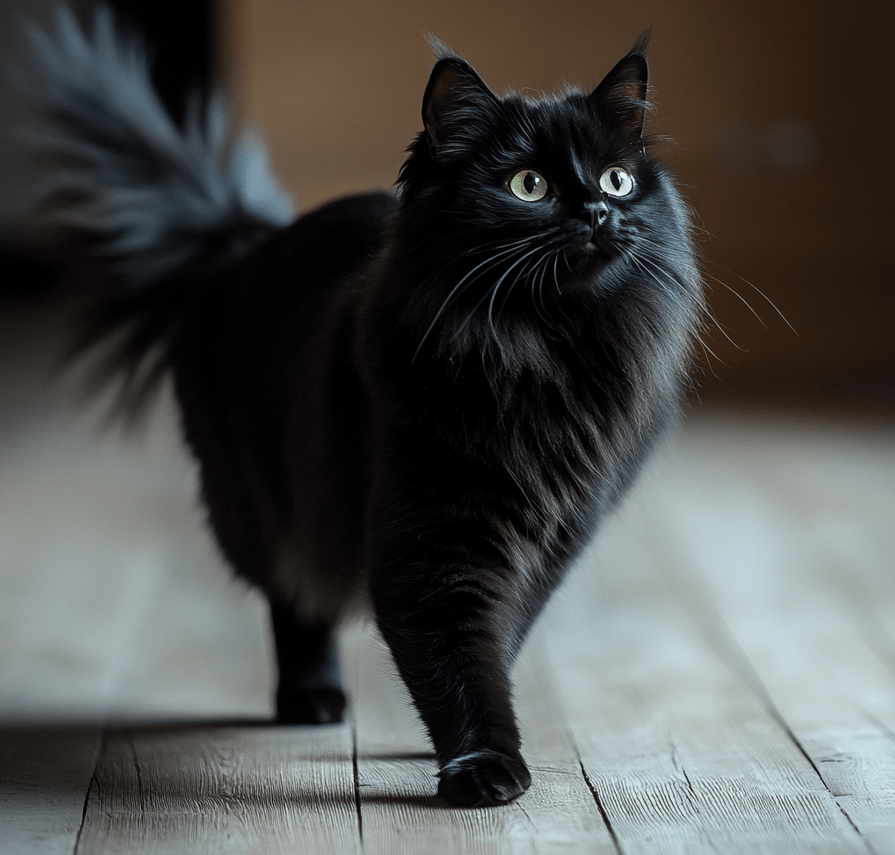
When your cat is in this position, they are communicating that they feel threatened or scared. It’s their means of saying, “Back off! People sometimes need space when they are stressed, and trying to resolve their stress can raise it even higher. The best way to handle the situation is to let them calm down themselves.
5.Tail Position and Communication
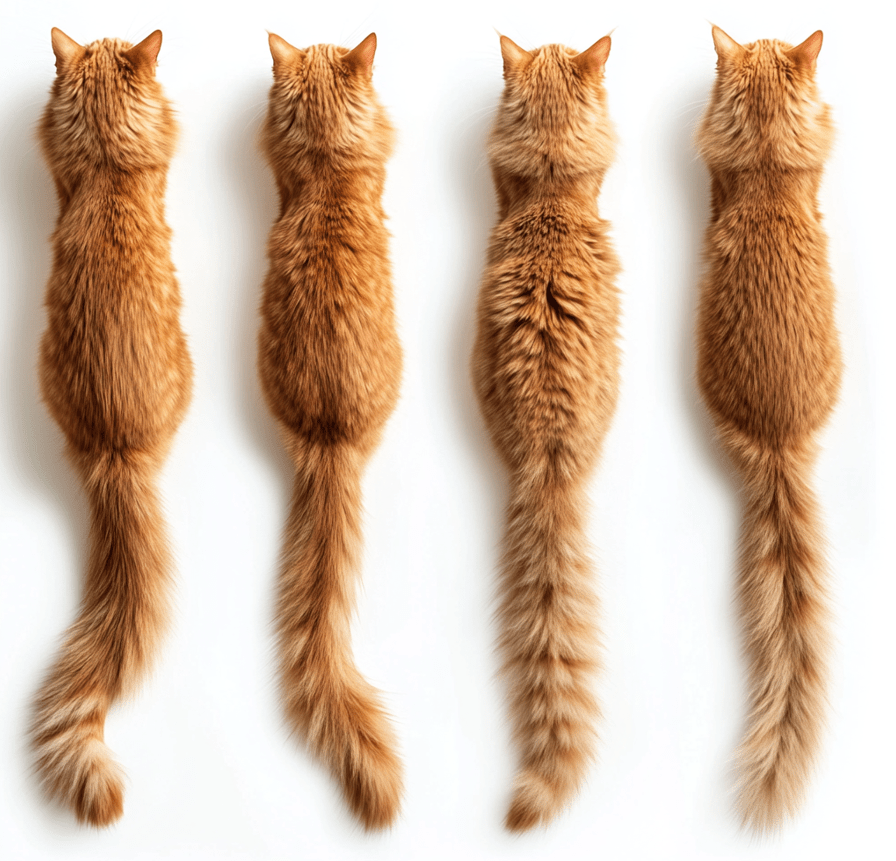
Like a dog, a cat’s tail is an effective tool for expressing emotions. You can tell how your cat’s feeling simply by how it holds its tail up or down:
1.A straight, extended tail with relaxed fur is a sign the rabbit is happy or curious.
2.An erect puffed tail indicates fright or anger.
3.A low or tucked tail indicates that the dog is insecure and may be feeling submissive.
4.A tail that’s rapidly twitching is often a sign of agitation or irritation.
Though these are basic guidelines, every cat is different. With time, closely observing your cat’s tail movements will clue you in on their particular cues.
6.Rubbing and Scent Marking
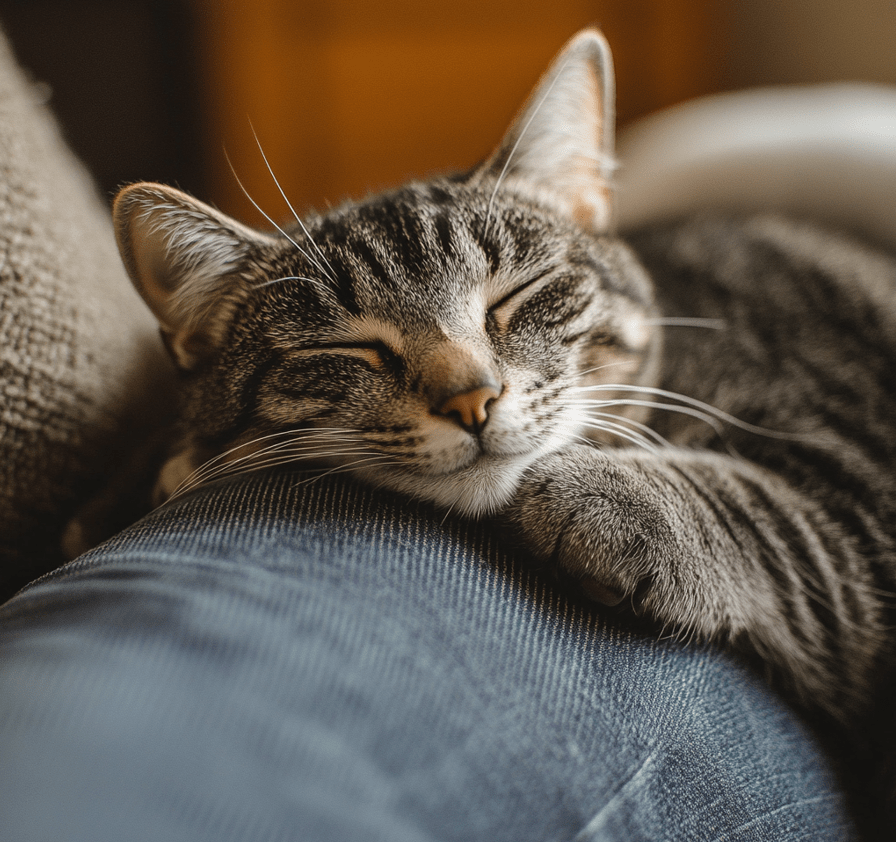
When your cat rubs against your legs or gives you soft head butts, they’re not just telling you they love you they’re also marking you as part of their territory. Cats identify others using scent, leaving their marks on people, objects, and other animals using the scent glands on their cheeks, forehead, paws, and tail.
That being said, this behavior is a sign of trust and ownership your cat is basically claiming you as their property. So, when your cat rubs against you the next time, understand it is both an expression of love and a form of saying, “You’re mine!”
